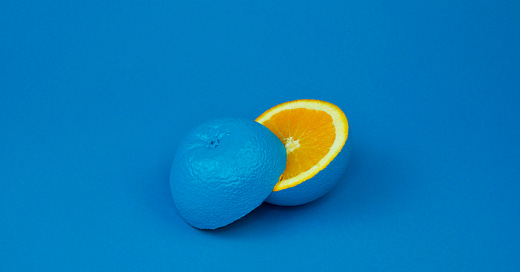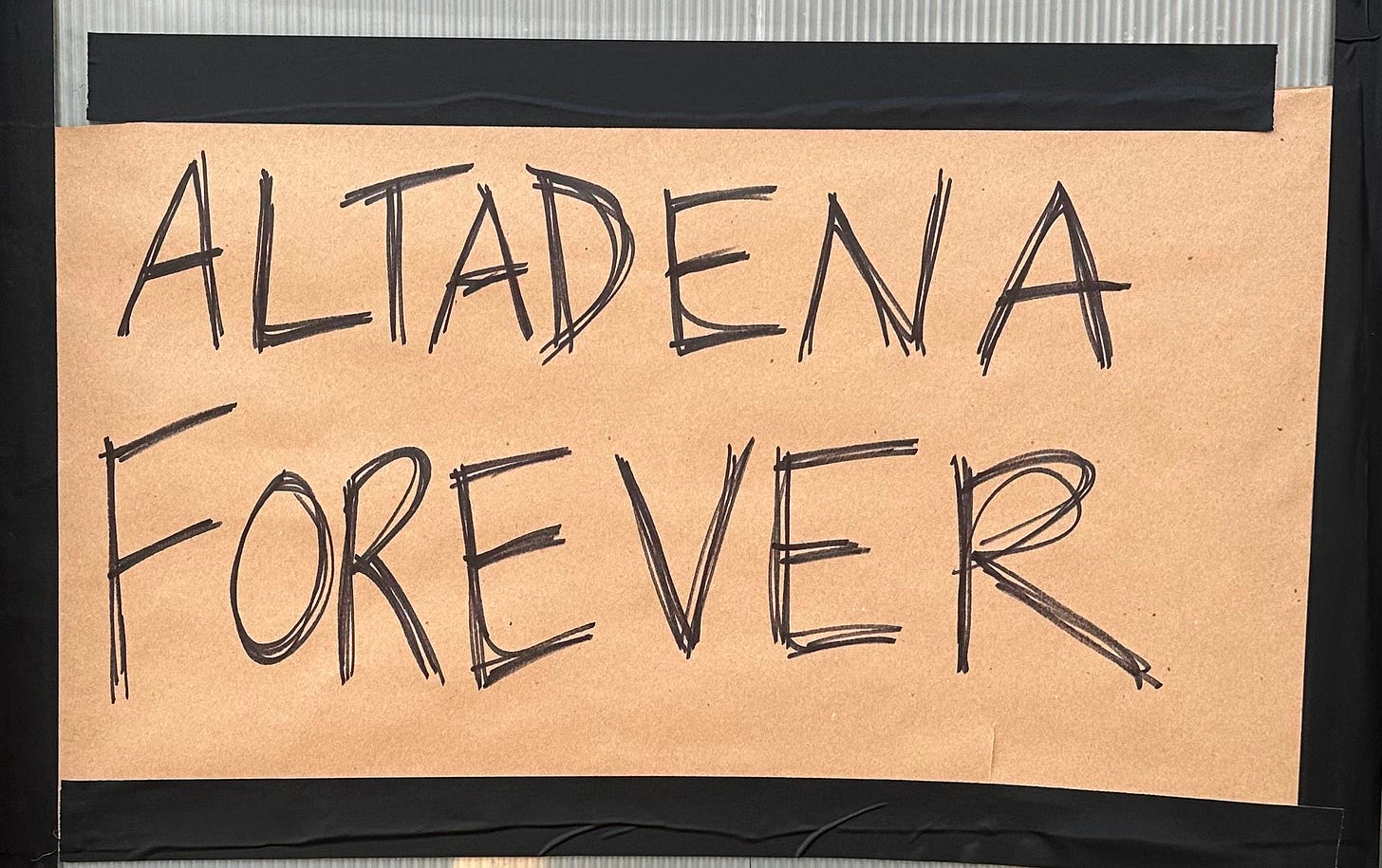For as long as I can remember, I’ve loved coming up with ideas. Not just the big ones, but the tiny sparks too—the passing thought that caught me off guard, or the half-formed concept that showed up while I was doing something completely unrelated. There’s a thrill in grabbing that flicker out of the air, turning it over in my head, and shaping it into something real. Sometimes it becomes a TV show, a podcast, a hat, a book, a post-hardcore band. Other times, it’s just a solid thought that makes someone laugh or think or feel something for a second and then disappears back into the ether from which it came.
That process—taking a loose fragment and turning it into something tangible—is one of the great joys of my life. It never gets old. Over time, I’ve found a rhythm for how to court those ideas, how to catch them, how to turn them into something I can share. Whether it’s something I pitch, I put out in the world, or love & let go, the passion is always the same. I know everyone’s creative process is different, so here are five rules that help me come up with new ideas, again and again and again.
Rule One: Be Open to an Idea Coming from Anywhere, Anytime
This one might sound a little “when you are born, you are like a single drop of water” but hang with me. My best ideas usually don’t arrive when I’m staring at a Google Doc or already in a brainstorm. They show up mid-run, mid-read, mid-laugh, mid-playground-hang. Whenever I am at the start of a new project or have a deadline looming, I try to stop forcing it and go live my life a bit—hang with my family, make dinner for friends, hit some tennis balls—while running a prompt in the back of my thoughts. More often than not, a spark or two happens. Ideas are sneaky like that. They show up when you're not looking. So stay moving. Stay open and be ready to catch them when they do.
Rule Two: Write It Down
Every idea I didn’t write down was, in my mind, the best one I’ve ever had. Of course, I don’t actually remember what it was—just that it would’ve changed the game completely if only I’d jotted it down. You don’t need a leather notebook or a fancy app, though if that’s your thing, go crazy. When something comes to me, I just email myself phrases, taglines, questions, loose threads—anything that hits in that familiar way, then come back to them when I’m at my desk. I know now that ideas don’t usually arrive fully formed; they build slowly over time. Writing them down lets me return later to see what’s worth keeping and what is better left for my eyes only (read: the trash).
Rule Three: Balance the Familiar with the Fresh
Some artists thrive by pushing the edge. Wild, avant-garde, boundary-breaking brilliance. I love that. I just don’t work that way. My sweet spot? Ideas that feel like they’ve always been woven into the cultural fabric, but are actually new and in a way people have never seen before. When something feels both fresh and inevitable, that’s the magic. By no means I am saying steal (although supposedly all of the great artists do), but I have found the biggest creative myth is that something has to be completely original to be great. It doesn’t. The best ideas I’ve ever turned into realties are the ones that feel like they’ve always been a part of the world—but they just hadn’t been packaged or presented in the right way yet.
Rule Four: Be Willing to Let Go
This one hurts. When I was first starting out, I gripped every idea I had like a toddler clutching a balloon—convinced that if I let it go, nothing else would come. I tried to recycle, to retrofit old concepts more times than I can count. And maybe once or twice it’s worked. But usually trying to force an old idea into a new prompt ends in mediocrity. Here’s the truth: sometimes you have to let an idea go so a better one can show up. And that idea you swore was brilliant? You probably won’t even remember it next week, it’s just part of the process.
Rule Five: It’s Okay to Collaborate
In college, I was taught the auteur model: write it, shoot it, own it. That sort of worked—for a while. But honestly, I spent years taking full credit for a lot of mediocre stuff. My ideas only got sharper, stronger, and more fun the moment I started sharing them with people I trust. A great collaborator can poke holes, ask questions, or just give a well-timed “yes” to be a salve for self doubt. And those relationships? They’re rare. When you find them—hold on tight. Because creative chemistry doesn’t come around often, but when it does, it makes the work (and the process) infinitely better. Creativity doesn’t need to be lonely, in fact, it’s usually better when you share in bringing an idea to life.
This week on Snacky Tunes, Darin sits down with chef Jesús “Chuy” Cervantes, the force behind Damian and Ditroit Taquería in Los Angeles. From growing up in El Paso to cooking alongside Enrique Olvera, he shares his journey through kitchens, cities, and flavors—including the big moves that brought him from Brooklyn to DTLA. Plus, we talk about this week’s can’t-miss Pujol pop-up at Damian (pro tip: try the bar).
Later, Darin pulls up a performance from the archive by the Big Ups (featuring former HRN Engineer Joe Galarraga!) who had recently released their album, Eighteen Hours of Static. The crew discussed band life, touring, and which band member dominated the kitchen.







That’s just great 👍 and so true. 🥰